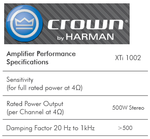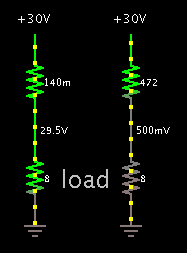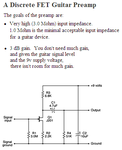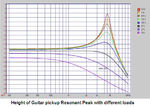subbuindia
Member level 5
- Joined
- Dec 13, 2011
- Messages
- 87
- Helped
- 11
- Reputation
- 22
- Reaction score
- 10
- Trophy points
- 1,288
- Location
- Vellalacheruvu(AP), India
- Activity points
- 1,908
Hi Friends...
I've some doubt regarding the requirements of input impedance and output impedance of any device/circuit. We all know that one of the advantage of MOSFET over FET is:
1. "The input impedance of MOSFET is high compared to FET and output impedance of MOSFET is less compared to FET".
I'm writing other statement regarding the advantage of current mirror circuit :
2. "The input impedance of current mirror is less and the output impedance of current mirror is high (of course, I've taken practical conditions)".
From the above two statements, I'm confusing the "what are the requirements of input and output impedance of any device/circuit". Simply, my question is "The requirement of input impedance of any device is high or low. Which one is correct.? If both are correct in different applications, how can designers decide the characteristics of any device/circuit in terms of input impedance and output impedance". Thank you in advance..
I've some doubt regarding the requirements of input impedance and output impedance of any device/circuit. We all know that one of the advantage of MOSFET over FET is:
1. "The input impedance of MOSFET is high compared to FET and output impedance of MOSFET is less compared to FET".
I'm writing other statement regarding the advantage of current mirror circuit :
2. "The input impedance of current mirror is less and the output impedance of current mirror is high (of course, I've taken practical conditions)".
From the above two statements, I'm confusing the "what are the requirements of input and output impedance of any device/circuit". Simply, my question is "The requirement of input impedance of any device is high or low. Which one is correct.? If both are correct in different applications, how can designers decide the characteristics of any device/circuit in terms of input impedance and output impedance". Thank you in advance..



